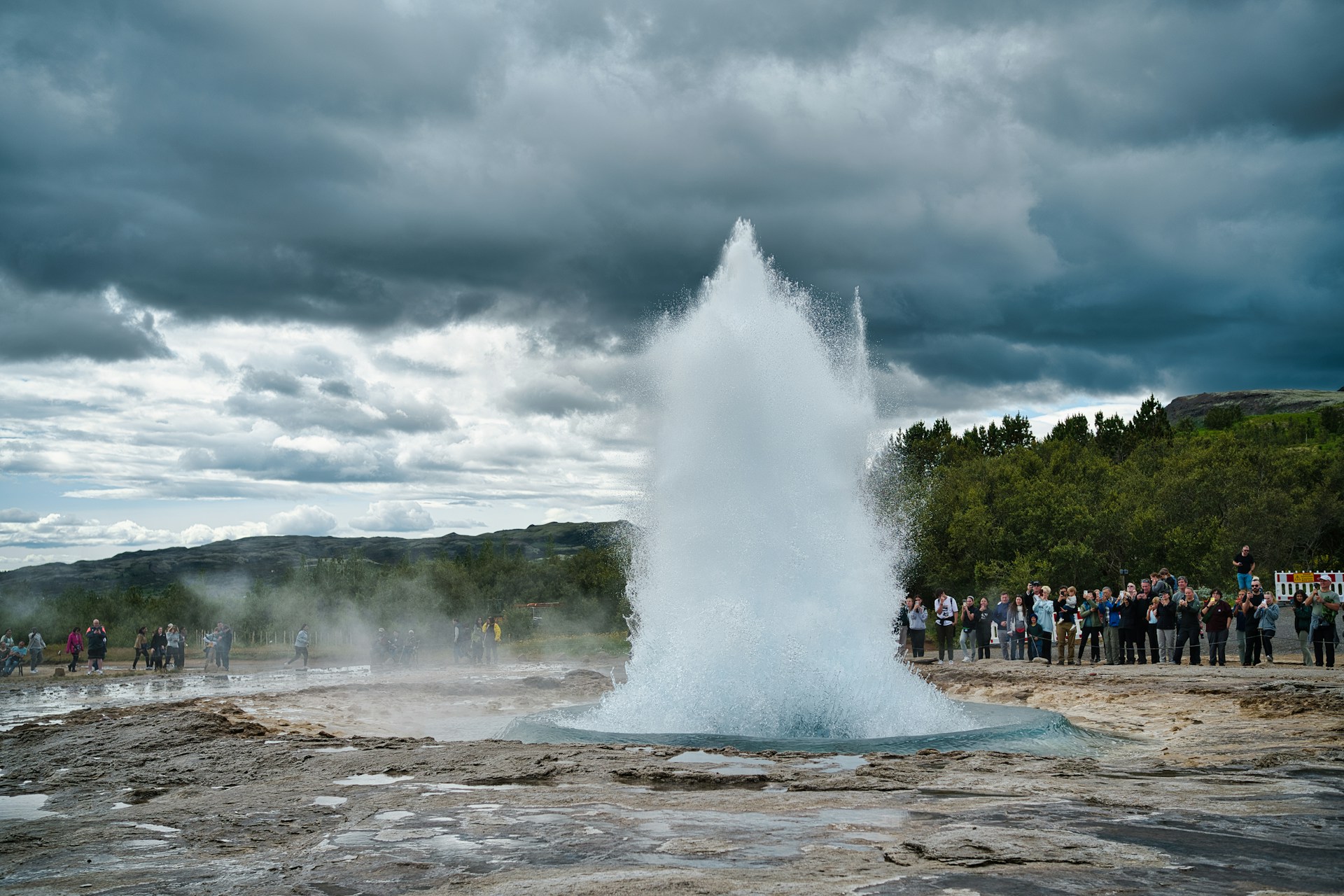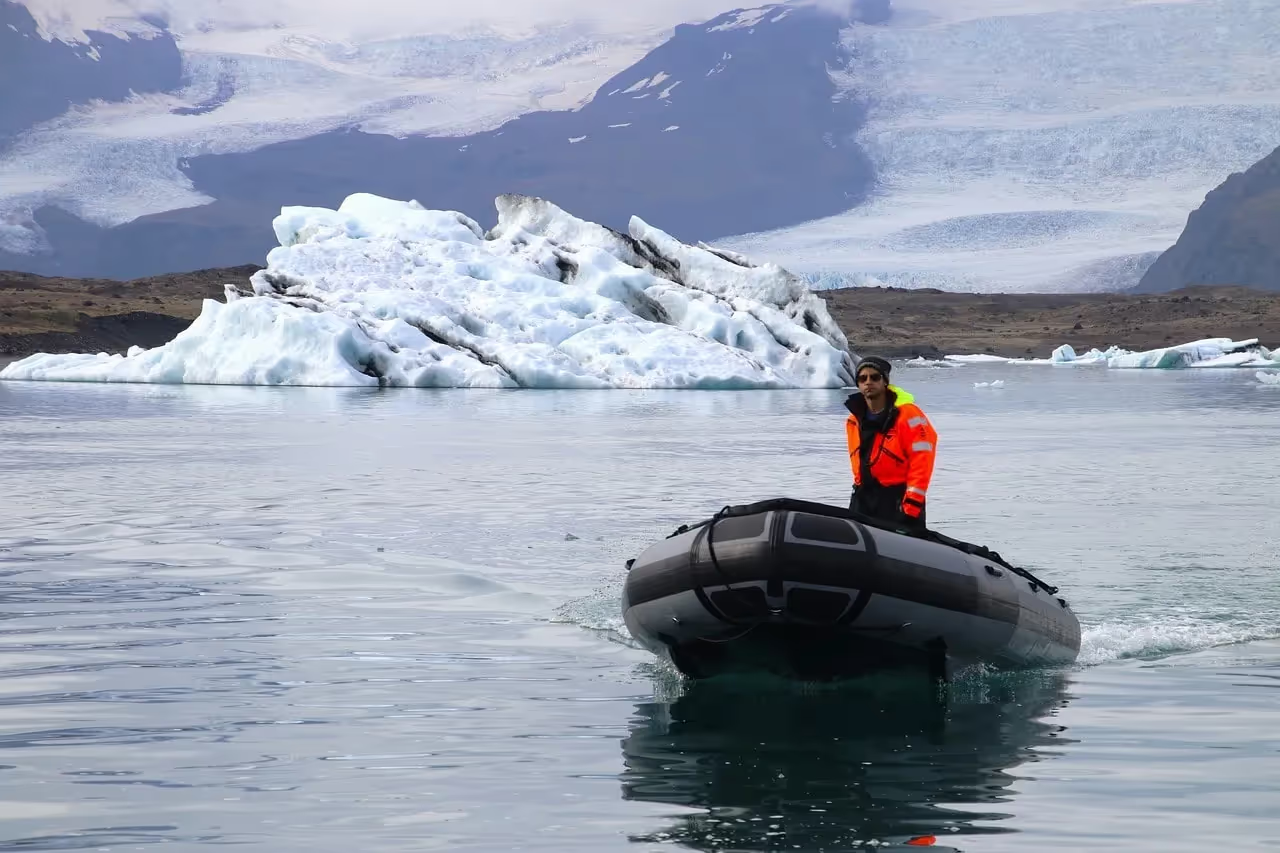Iceland has become one of the world's most coveted road trip destinations, and for good reason. This volcanic island nation offers dramatic landscapes that shift from glaciers to black sand beaches, thundering waterfalls to geothermal hot springs, all within a few hours' drive.
If you're planning your first week-long adventure in the Land of Fire and Ice, this comprehensive guide will help you make the most of every moment.
Best Time to Visit Iceland
- Summer (June-August): Nearly 24 hours of daylight, all roads accessible, midnight sun photography opportunities, and peak wildflower season. However, this is also the busiest and most expensive time.
- Shoulder Season (April-May, September-October): Better prices, fewer crowds, possibility of Northern Lights in September-October, and still-accessible roads. Some highland roads may be closed in April and October.
- Winter (November-March): Northern Lights season, ice cave access, winter landscapes, and the lowest prices. However, shorter days, potential road closures, and challenging driving conditions require more experience.
Essential Pre-Trip Planning

Renting a Car
Book your rental car at least 2-3 months in advance, especially for summer travel. For the Ring Road in summer, a 2WD vehicle is sufficient, but consider a 4WD if you're traveling in shoulder seasons or want to explore F-roads (highland roads).
Important considerations:
- Gravel insurance is highly recommended
- GPS or offline maps are essential
- Fuel up whenever you see a gas station—they can be sparse in remote areas
- Check road conditions daily at road.is
Accommodation Strategy
Iceland's accommodation fills up quickly during peak season. Book at least 3-4 months ahead for summer travel. Mix guesthouses, farm stays, and hotels to balance comfort and budget. Reykjavik and South Coast locations are most expensive, while the East and North offer better value.
What to Pack for Iceland
- Layered clothing: Weather changes rapidly; pack for all seasons
- Waterproof jacket and pants: Essential for waterfall visits
- Sturdy hiking boots: Many sites require walking on uneven terrain
- Swimsuit: For hot springs and geothermal pools
- Reusable water bottle: Tap water is pristine and free
- Camera equipment: For the incredible landscapes
- Headlamp: Useful for winter visits or exploring lava caves
Your 7-Day Iceland Road Trip Itinerary

Day 1: Arrival and Golden Circle (135 km / 84 miles)
Morning: Land at Keflavik International Airport, pick up your rental car, and drive to Reykjavik (45 minutes). Drop your bags at your accommodation and grab brunch at one of the city's excellent cafes.
Afternoon: Begin the famous Golden Circle route. Your first stop is Þingvellir National Park, a UNESCO World Heritage Site where you can walk between two tectonic plates. The North American and Eurasian plates are visibly pulling apart here, creating dramatic rifts and fissures.
Next, visit the Geysir Geothermal Area, where Strokkur geyser erupts every 5-10 minutes, shooting water up to 30 meters high. The surrounding area features bubbling mud pots and steaming vents.
Evening: End at Gullfoss, the "Golden Waterfall," where the Hvítá river plunges 32 meters into a dramatic canyon. Stay overnight near Selfoss or return to Reykjavik.
Tour recommendation: Consider booking a Golden Circle Tour for a guided experience with transportation, or a Golden Circle and Northern Lights Tour in winter months.
Day 2: South Coast Waterfalls and Black Sand Beach (190 km / 118 miles)
Morning: Drive along Route 1 toward Vik. Stop at Seljalandsfoss, where you can walk behind the cascading water (bring waterproof gear!). Just 30 minutes further is Skógafoss, one of Iceland's largest and most photogenic waterfalls.
Afternoon: Visit the dramatic Reynisfjara Black Sand Beach near Vik, famous for its basalt columns and powerful waves. Explore the nearby Dyrhólaey Peninsula for puffin viewing (May-August) and stunning coastal cliffs.
Evening: Stay in Vik or continue to the Kirkjubæjarklaustur area.
Tour recommendations: Book a South Coast Tour for worry-free transportation, or combine it with a Glacier Hiking Tour on Sólheimajökull glacier. For winter travelers, Ice Cave Tours departing from this area are unforgettable.
Day 3: Glaciers and Jökulsárlón (200 km / 124 miles)

Morning: This is a long driving day, but worth every kilometer. Stop at Skaftafell Nature Reserve in Vatnajökull National Park for a hike to Svartifoss, a waterfall surrounded by hexagonal basalt columns.
Afternoon: Continue to Jökulsárlón Glacier Lagoon, where massive icebergs calve from Breiðamerkurjökull glacier and float in the serene lagoon. Take a boat tour among the icebergs for an up-close experience.
Cross the road to Diamond Beach, where ice chunks wash ashore on black sand, creating a glittering natural spectacle.
Evening: Stay in Höfn, famous for its langoustine (Icelandic lobster).
Tour recommendations: Book a Jökulsárlón Boat Tour (amphibian boat or zodiac) for the best glacier lagoon experience. Adventure seekers should consider a Vatnajökull Glacier Hiking Tour or Ice Climbing Tour.
Day 4: Eastfjords Scenic Drive (265 km / 165 miles)
Morning: Today's drive through the Eastfjords is about the journey, not the destination. The winding coastal road offers stunning views of fjords, mountains, and remote fishing villages.
Afternoon: Stop in Djúpivogur, a charming village with colorful houses and an excellent museum. If you're an art lover, visit Seyðisfjörður, a bohemian village known for its rainbow street and artistic community (requires a 27 km detour from Route 1).
Continue to Egilsstaðir, the largest town in the region.
Evening: Stay in Egilsstaðir or nearby Lake Mývatn area if you can cover extra distance.
Day 5: Lake Mývatn and Waterfall of the Gods (170 km / 106 miles)

Morning: Visit Dettifoss, Europe's most powerful waterfall. The sheer force of the water is awe-inspiring. Choose the west side (road 862) for easier access or the east side (864) for better views (road conditions permitting).
Afternoon: Explore the Lake Mývatn area, a geothermal wonderland:
- Hverir (Námafjall): Bubbling mud pools and steaming fumaroles
- Grjótagjá Cave: A small lava cave with a geothermal pool (no swimming allowed, but beautiful to see)
- Dimmuborgir: Dramatic lava formations called "the dark castles"
- Mývatn Nature Baths: A less crowded alternative to Blue Lagoon
Evening: Stay near Lake Mývatn or continue to Akureyri.
Tour recommendations: Consider a Lake Mývatn Tour from Akureyri, or a North Iceland Day Tour covering multiple attractions.
Day 6: Akureyri and Whale Watching (130 km / 81 miles)
Morning: Drive to Akureyri, Iceland's "capital of the north." This charming town offers excellent cafes, botanical gardens, and a relaxed atmosphere.
Afternoon: Head to Húsavík, the whale watching capital of Iceland. The success rate for spotting humpback whales, minke whales, and dolphins is extremely high, especially from June to August.
Visit the excellent Húsavík Whale Museum to learn about these magnificent creatures.
Evening: Return to Akureyri or stay in Húsavík.
Tour recommendations: Book a Whale Watching Tour from Húsavík or Akureyri Whale Watching Tour for the best experience. The traditional oak boats from Húsavík offer a particularly authentic experience.
Day 7: Return to Reykjavik via West Iceland (390 km / 242 miles)
Morning: This is your longest driving day, so start early. Drive along the scenic northern coast, stopping at Hvítserkur, a unique basalt rock formation rising from the sea.
Afternoon: Consider detouring to the Snæfellsnes Peninsula (adds 2-3 hours) if time permits. Called "Iceland in Miniature," it features glaciers, lava fields, and the iconic Kirkjufell mountain. If time is tight, save this for your next visit and drive directly back to Reykjavik via the undersea Hvalfjörður Tunnel.
Evening: Arrive in Reykjavik with time to explore the city. Visit Hallgrímskirkja Church for panoramic views, stroll the harbor, browse unique shops on Laugavegur street, and enjoy a farewell dinner of traditional Icelandic cuisine.
Tour recommendations: If you can't squeeze in Snæfellsnes during your Ring Road trip, book a Snæfellsnes Peninsula Day Tour from Reykjavik. For your last evening, consider a Reykjavik Food Walking Tour or Northern Lights Tour (winter only).
Day 8 (Departure Day): Blue Lagoon and Final Moments

If your flight allows, visit the Blue Lagoon on your way to the airport. Book well in advance (2-3 months for summer) as it's extremely popular. The milky-blue geothermal waters are the perfect way to relax before your flight.
Allow 3 hours at the lagoon plus driving time to the airport (20 minutes from Blue Lagoon, 45 minutes from Reykjavik).
Tour recommendation: Book a Blue Lagoon Tour with airport transfer for hassle-free transportation.
Budgeting Your Iceland Road Trip
Iceland is expensive, but you can manage costs with smart planning:
Daily Budget Breakdown (per person, mid-range):
- Accommodation: $80-150 (shared room)
- Car rental: $50-80 (split between passengers)
- Food: $60-80 (mix of grocery store and restaurants)
- Fuel: $20-30
- Activities/Tours: $50-100
- Total: $260-440 per day
Final Thoughts
A week in Iceland offers just enough time to experience the highlights of this extraordinary country while still maintaining a comfortable pace. The Ring Road route provides the perfect introduction for first-timers, combining iconic landmarks with opportunities for adventure and spontaneity.
Whether you're marveling at the power of Gullfoss, walking on black sand beaches, floating among icebergs, or soaking in geothermal waters, Iceland will leave you with memories that last a lifetime. Many visitors find themselves planning their return trip before they've even left—there's always more to discover in the Land of Fire and Ice.
Start planning your adventure today, and prepare for one of the most spectacular road trips you'll ever experience. Iceland is waiting to welcome you with its raw natural beauty, warm hospitality, and endless wonders.
Safe travels, and enjoy your Icelandic adventure!


